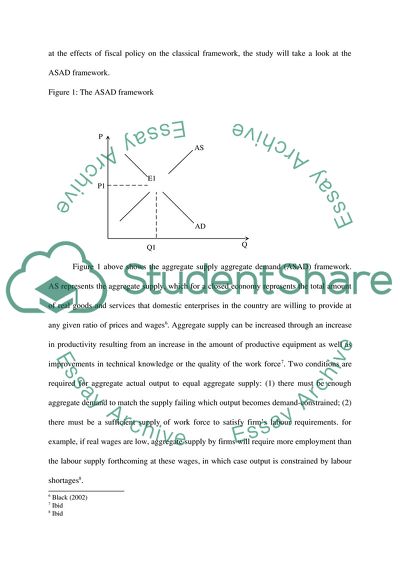Cite this document
(An Overview of Monetary and Fiscal Policy of Australia Report Example | Topics and Well Written Essays - 1500 words, n.d.)
An Overview of Monetary and Fiscal Policy of Australia Report Example | Topics and Well Written Essays - 1500 words. https://studentshare.org/macro-microeconomics/1728437-monetary-fiscal-policy
An Overview of Monetary and Fiscal Policy of Australia Report Example | Topics and Well Written Essays - 1500 words. https://studentshare.org/macro-microeconomics/1728437-monetary-fiscal-policy
(An Overview of Monetary and Fiscal Policy of Australia Report Example | Topics and Well Written Essays - 1500 Words)
An Overview of Monetary and Fiscal Policy of Australia Report Example | Topics and Well Written Essays - 1500 Words. https://studentshare.org/macro-microeconomics/1728437-monetary-fiscal-policy.
An Overview of Monetary and Fiscal Policy of Australia Report Example | Topics and Well Written Essays - 1500 Words. https://studentshare.org/macro-microeconomics/1728437-monetary-fiscal-policy.
“An Overview of Monetary and Fiscal Policy of Australia Report Example | Topics and Well Written Essays - 1500 Words”. https://studentshare.org/macro-microeconomics/1728437-monetary-fiscal-policy.


